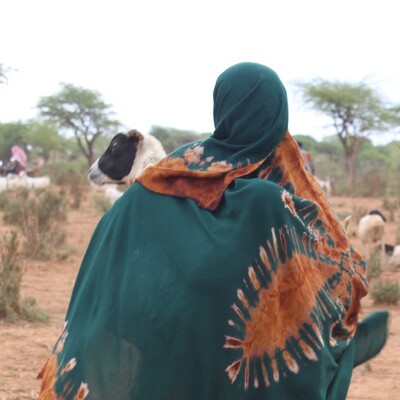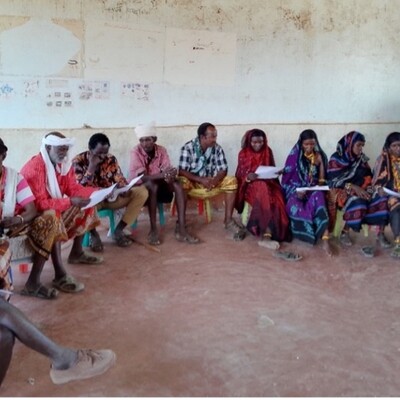
New film highlights pastoralism’s tremendous benefits as a sustainable and nature-positive food production system
On June 2, a Stockholm+50 side event was held to highlight how the nature-based restoration and multipurpose use of rangelands can positively contribute to economies, societies and the environment. Fiona Flintan, a senior scientist at ILRI, attended the event virtually and shared a new film from the Rangelands Atlas titled ‘Pastoralism: a sustainable and nature-positive production system’. The film, which focuses on sustainable pastoral systems in Italy, brings together diverse stakeholder views on pastoralism’s benefits, challenges and opportunities both now and in the future.
The film takes place in three regions in Italy—Sardinia, the Italian Alps and Abruzzo—where two different types of pastoralism are practised. The first type involves vertical transhumance between winter and higher-altitude summer pastures, and the other occurs in dry areas and involves the horizontal movement of livestock across landscapes with variable grazing resources, low rainfall and often rocky terrain.
Pastoralism has ancient roots in Italy, where entire ecosystems have evolved in connection with the pastoral systems they support. Pastoralism helps maintain ecosystem services such as carbon sequestration, water infiltration and biodiversity, and as a result, the health of Italian rangelands is, and has been for generations, dependent on the country’s pastoral systems.
In addition to its environmental benefits, pastoralism also directly employs hundreds of thousands of Italians while supporting the livelihoods of millions more involved in the transport, wool, meat and hospitality sectors. ‘The predominant activity in Sardinia is pastoralism that has been handed down from one generation to another’, explains Battista Cualbu, president of the Coldiretti Union. ‘Pastoralism has ensured and continues to ensure the income of most of our farmers.’
Despite the tremendous benefits pastoral production systems provide for both people and the environment, a variety of challenges are making life increasingly difficult for Italian pastoralists. Some of the challenges highlighted in the film include lack of investment, the blocking of transhumance routes, low market prices for livestock products and climate change.
Another critical challenge is the decreasing number of young people practising pastoralism in Italy. As Gregorio Velasco Gil, coordinator of the FAO Pastoralist Knowledge Hub, explains during the film, ‘this is due to the lack of access to services in isolated areas and the lack of good maintenance of livestock corridors in the country’.
To address these challenges, the film highlights the need for greater investments in pastoral communities, together with mobilization and capacity building along livestock value chains. These efforts will be crucial to maintaining sufficient employment in Italy's rural areas as well as the productivity of the country's rangelands.
Despite the many challenges facing pastoral communities, the film gives us reason to be hopeful about the future. ‘I want to keep running the farm and continue my father’s legacy’, says Eva Gotsch, a shepherdess from the Italian Alps. Gotsch is just one of the many young pastoralists who remain dedicated to their pastoral roots. Through enabling policies and investments that support these young pastoralists and the new ideas they bring, we can ensure the sustainability of pastoralism—and its tremendous benefits for both people and the environment—long into the future.
You can watch the full film here.
The film contributes to the United Nations Decade on Ecosystem Restoration as well as the International Year of Rangelands and Pastoralists.




















